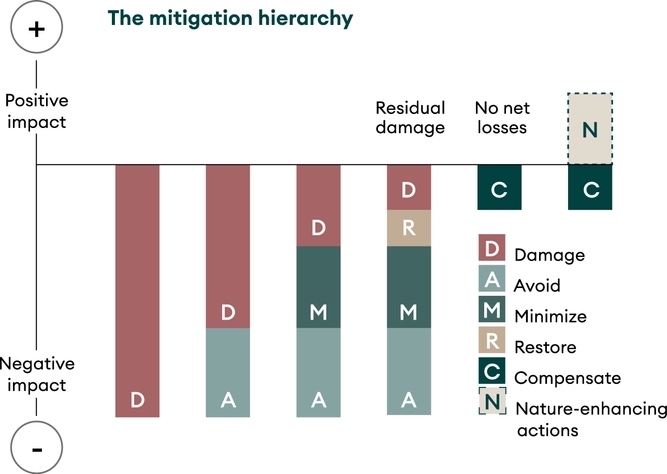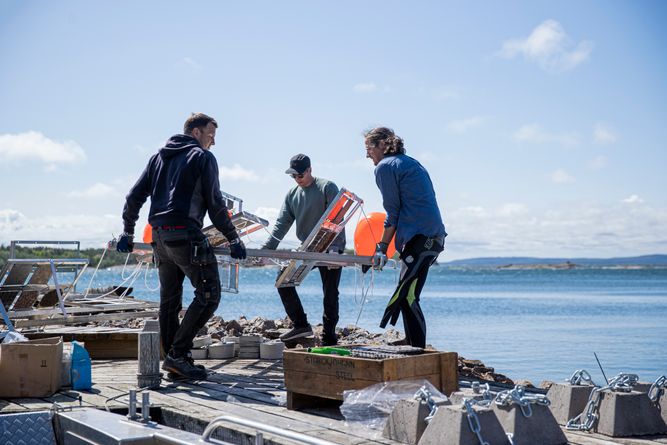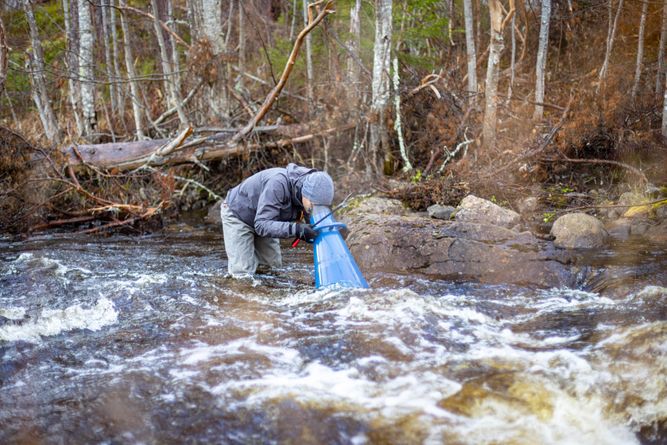Biodiversity
OX2 aims to develop renewable electricity generation that creates significant climate benefits while also benefiting biodiversity. We do this by remediating negative impacts and contributing to positive impacts.
Biodiversity, the variety of life on Earth, has been declining at an alarming rate. The loss of biodiversity threatens humanity’s well-being and prosperity as society is dependent on healthy nature and the ecosystem services that is provides.
Renewable energy tackles climate change, one of the main drivers of biodiversity loss. Renewable energy projects, however, also comes with negative impact on nature, mainly through the occupation of land/sea. We believe that renewable energy should not come at the expense of nature and therefore aim to develop solar and wind farms with a net positive impact on biodiversity by 2030.
Biodiversity strategy
Our biodiversity strategy guides us in how to work with biodiversity and aims to support us achieving our biodiversity targets. The biodiversity strategy encompasses three goal areas:
- Use the mitigation hierarchy as a guiding principle to manage impacts on nature
- Create awareness, credibility and transparency around the work on biodiversity by measuring, documenting, reporting and communicating
- Collaborate with scientists, landowners and other external stakeholders for knowledge and action, to achieve more impact than if we were to do it on our own
The mitigation hierarchy
Following the mitigation hierarchy implies working with remediating negative impacts on nature and contributing to increasing biodiversity values in the area. Examples from OX2 projects:
- Avoid areas of natural value through choice of location and layout
- Minimizing fragmentation by considering spacing between wind turbines for migration corridors
- Restoring area temporarily used for storing wind turbine blades with native seeds to recreate natural habitat and benefit pollinators
- Compensating for felled trees by planting new trees
- Enhancing nature by re-establishment of the freshwater pearl mussel and stocking juvenile trout

Targets:
- Develop solar and wind farms with a net positive impact on biodiversity by 2030

